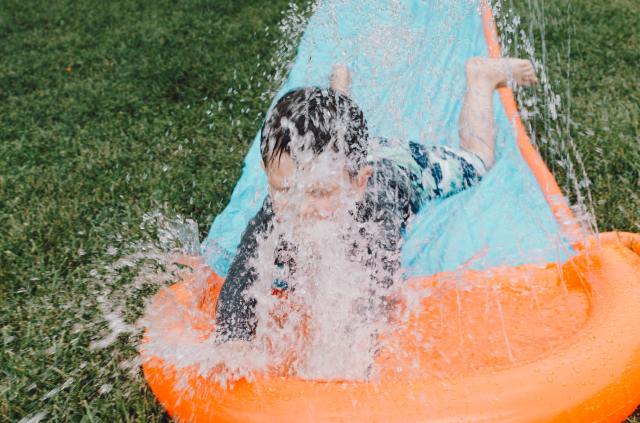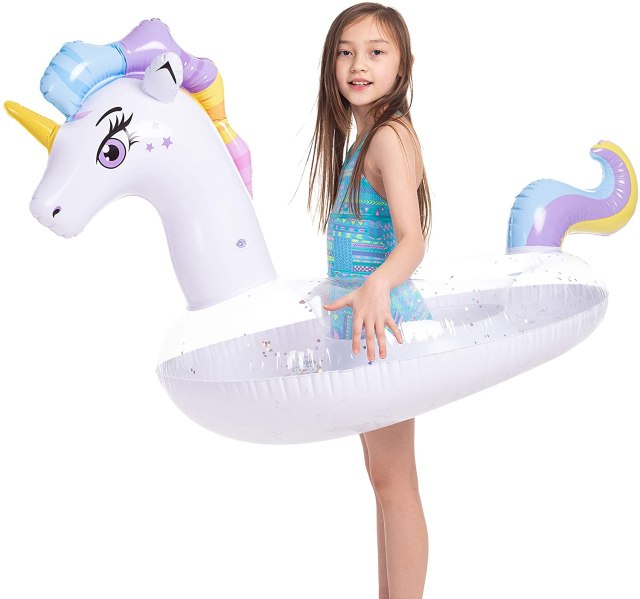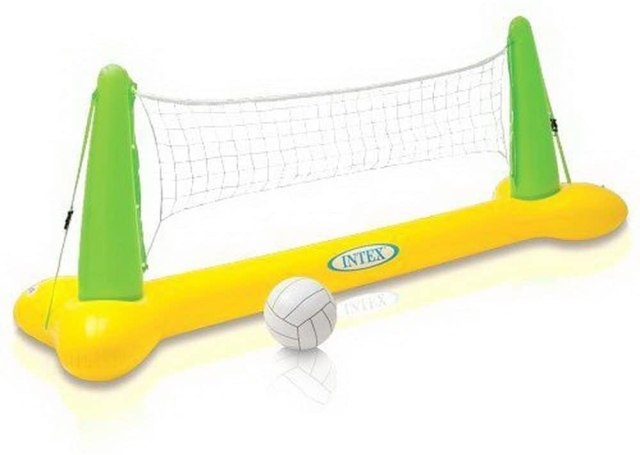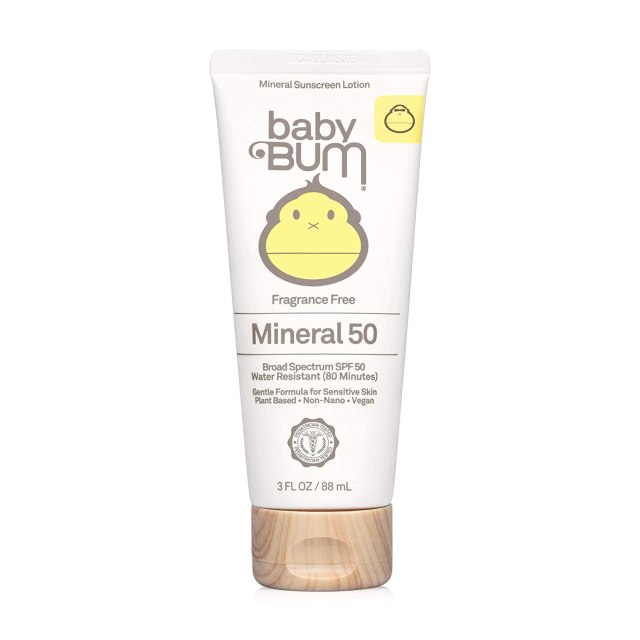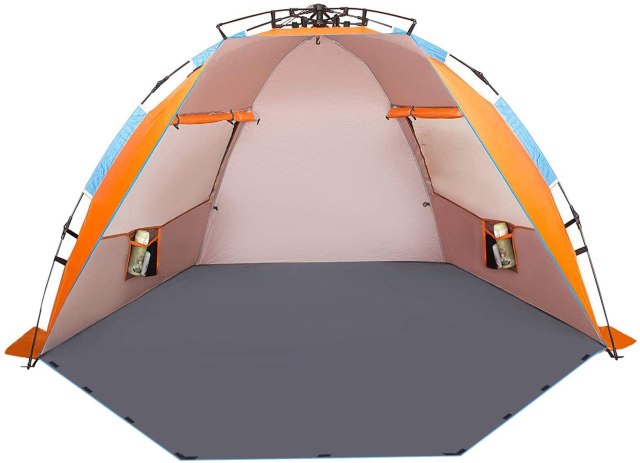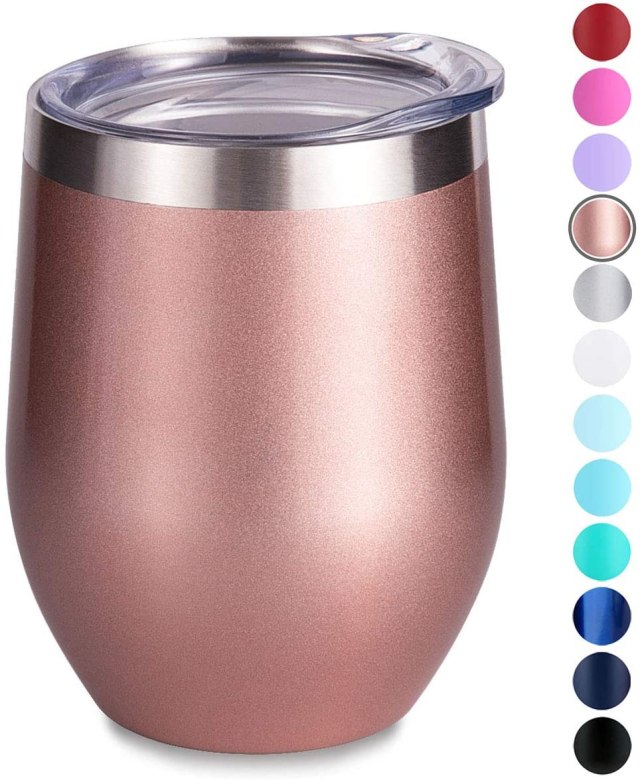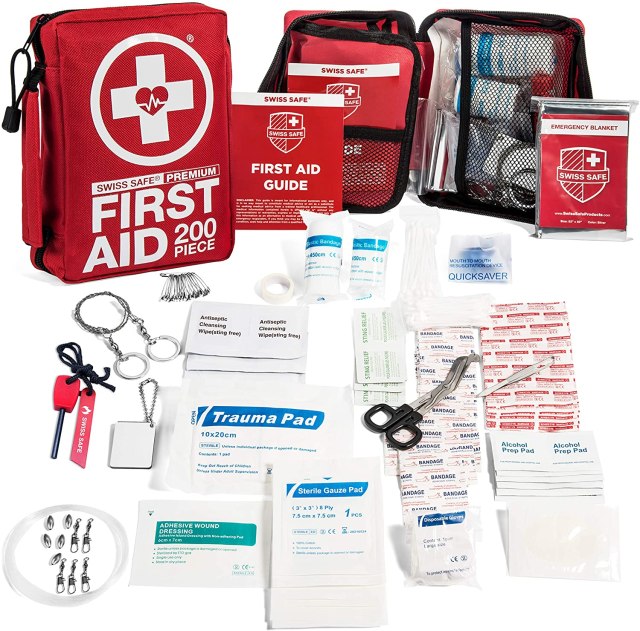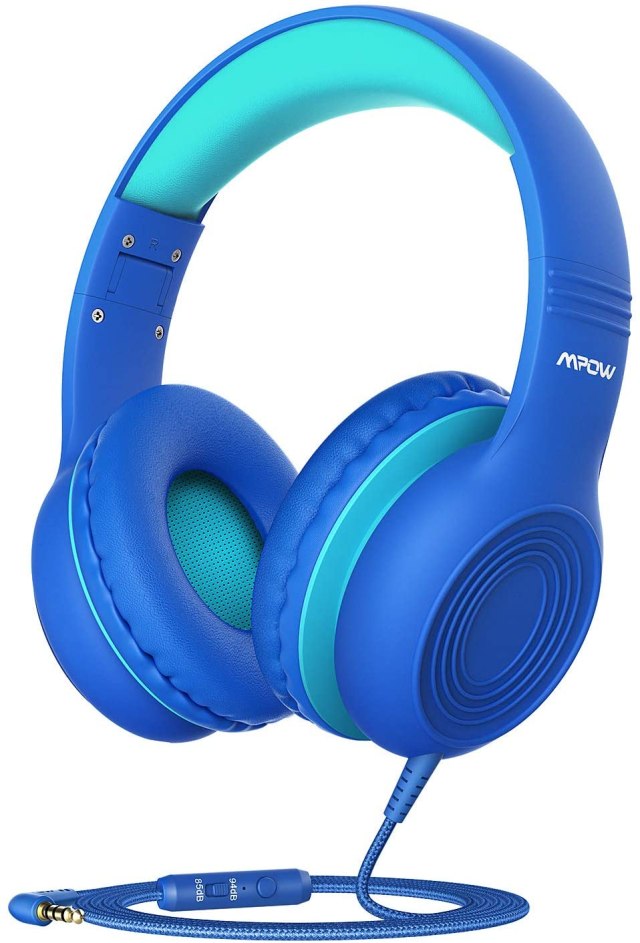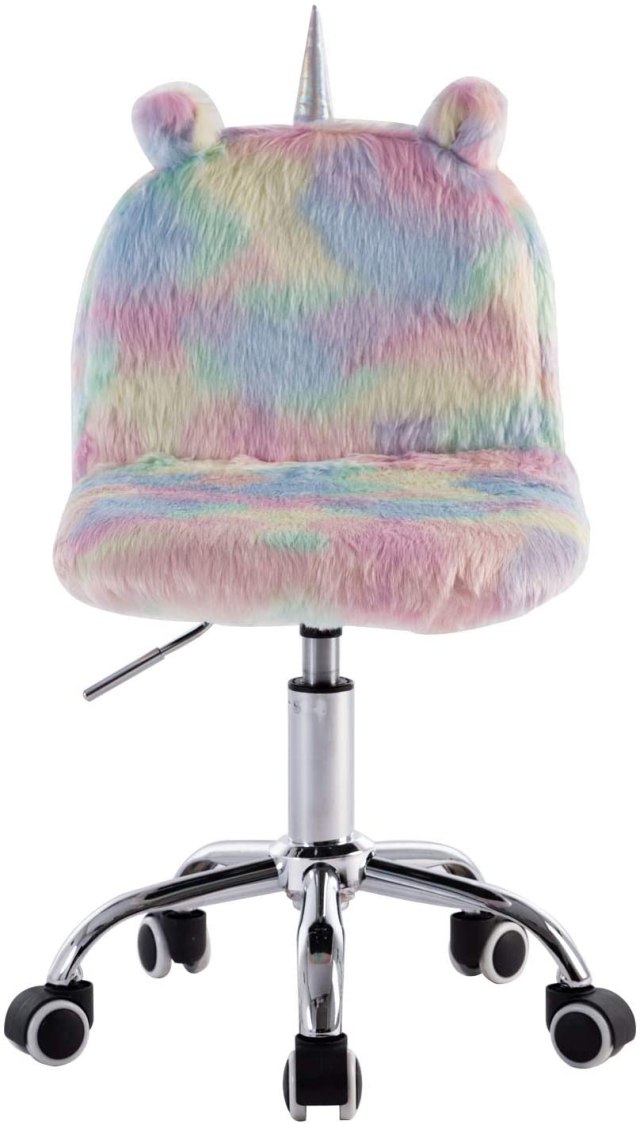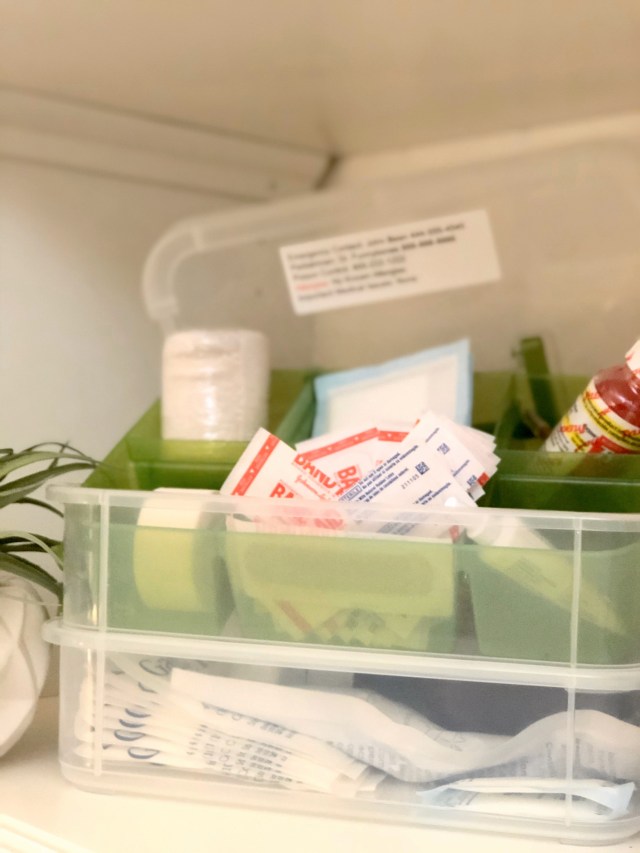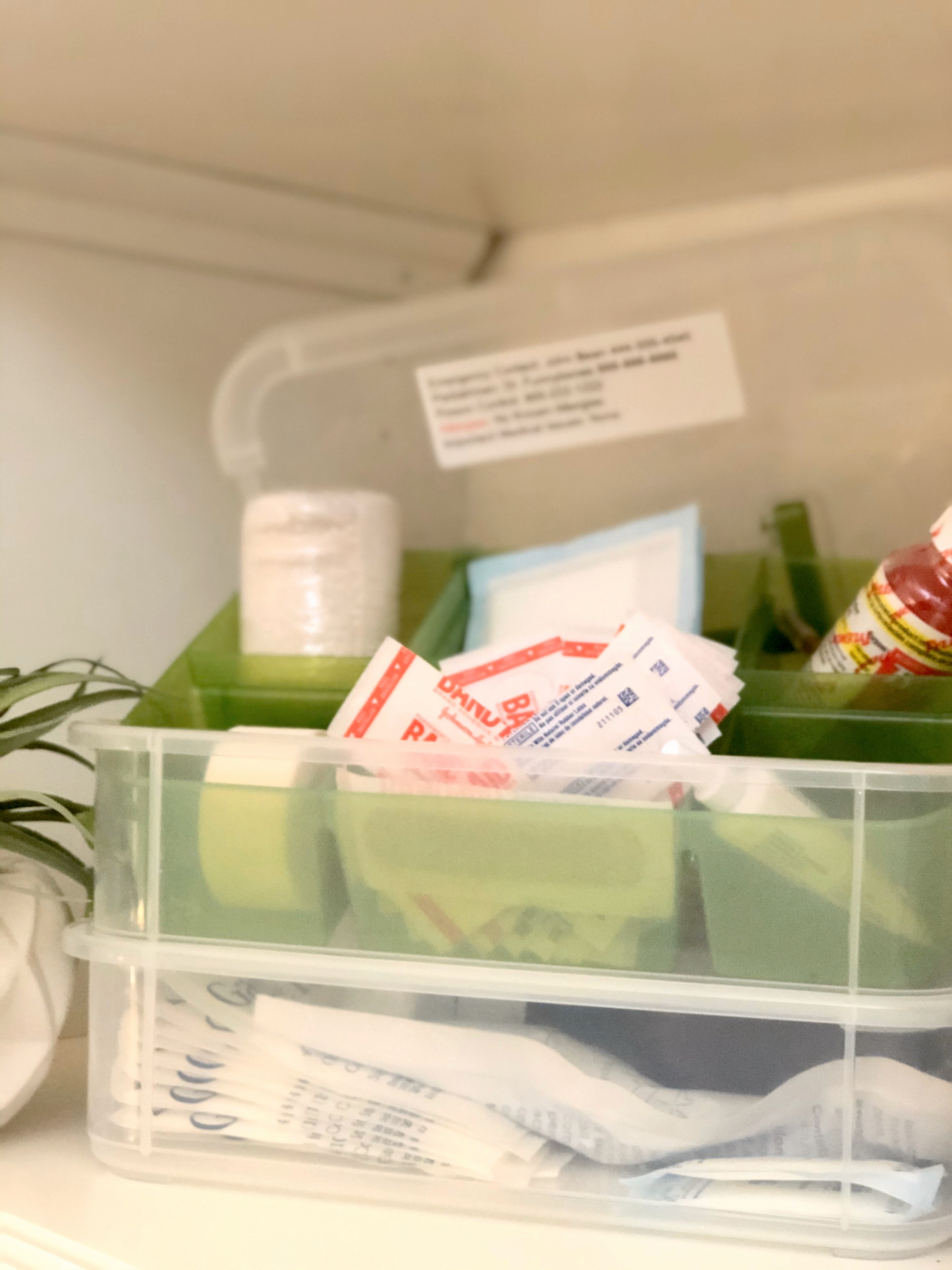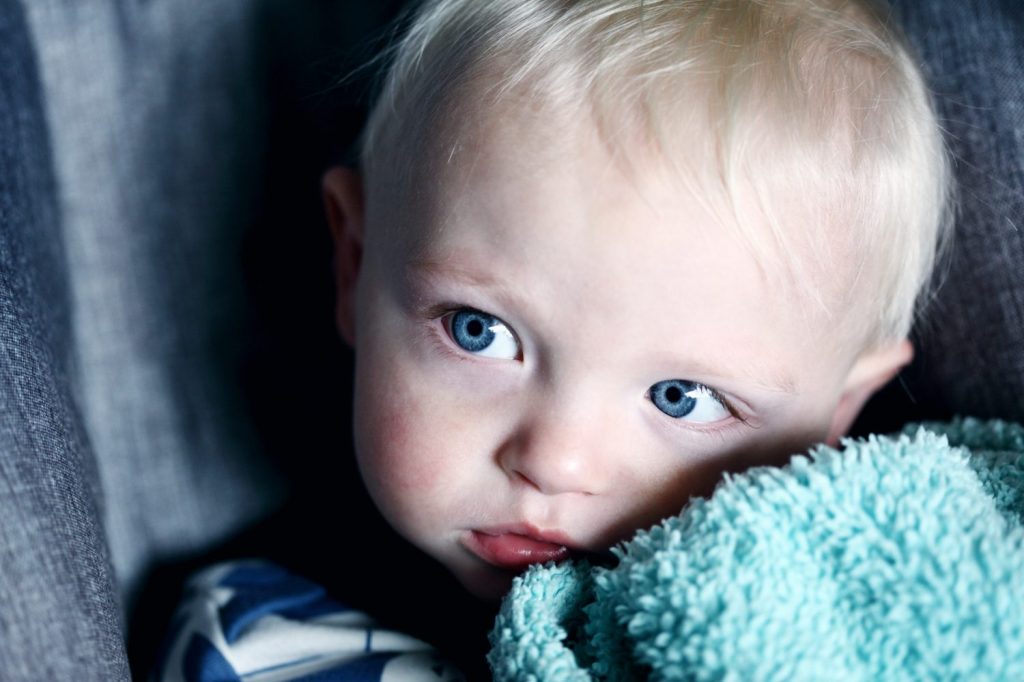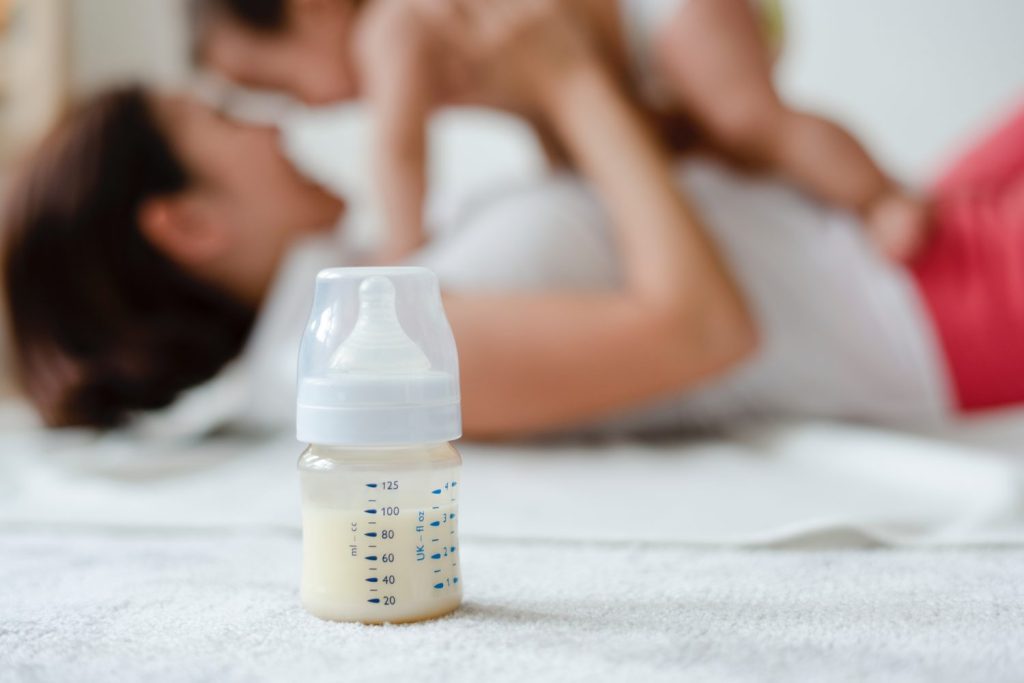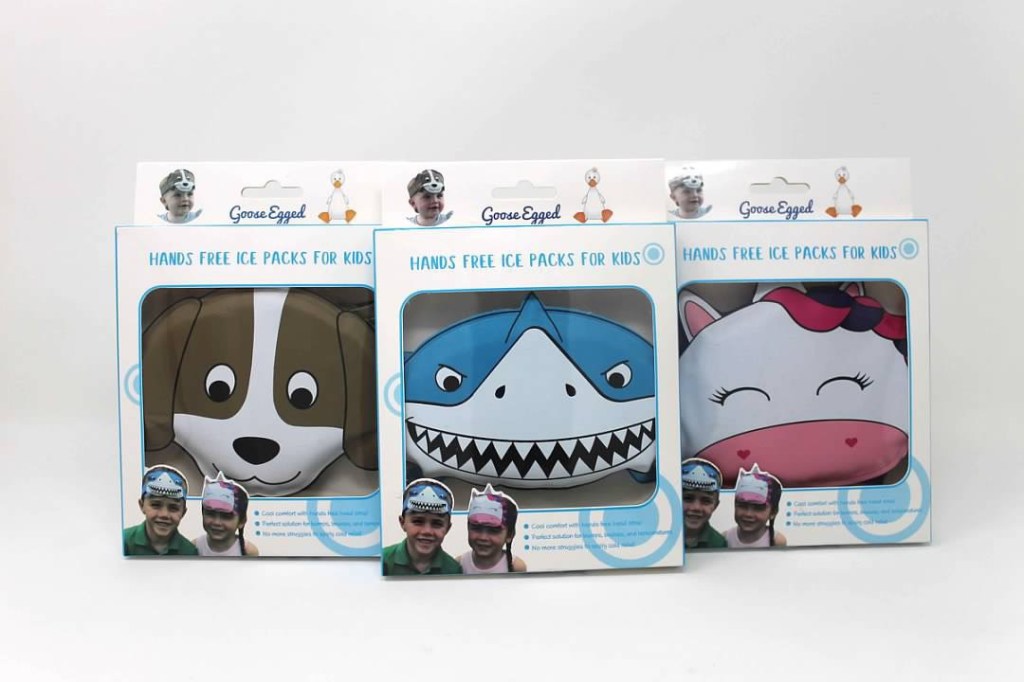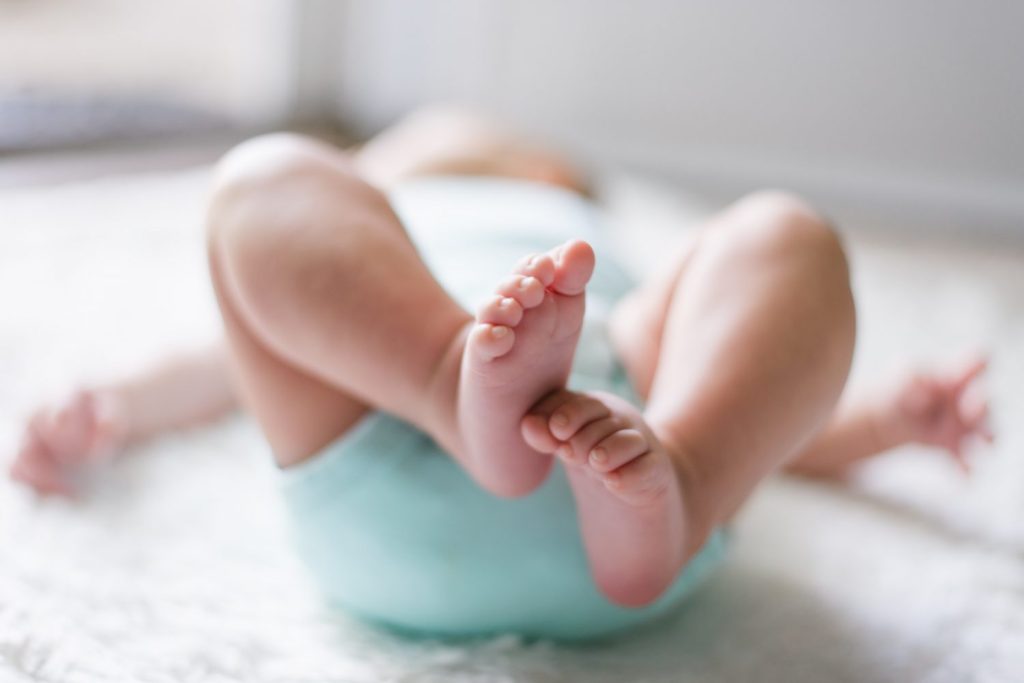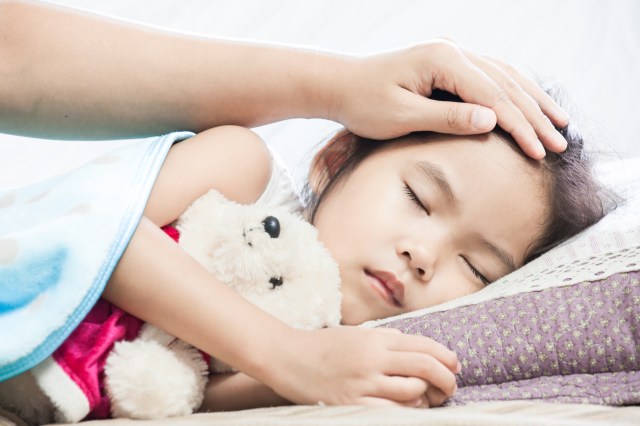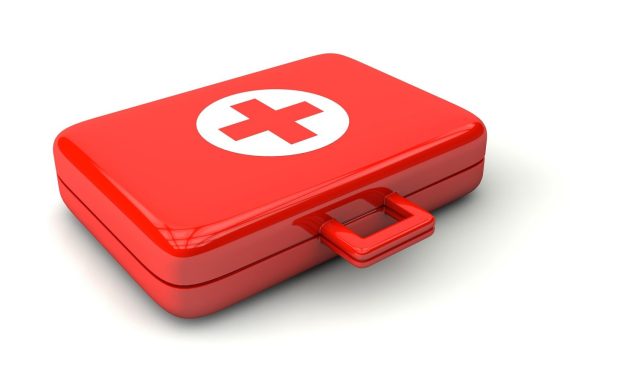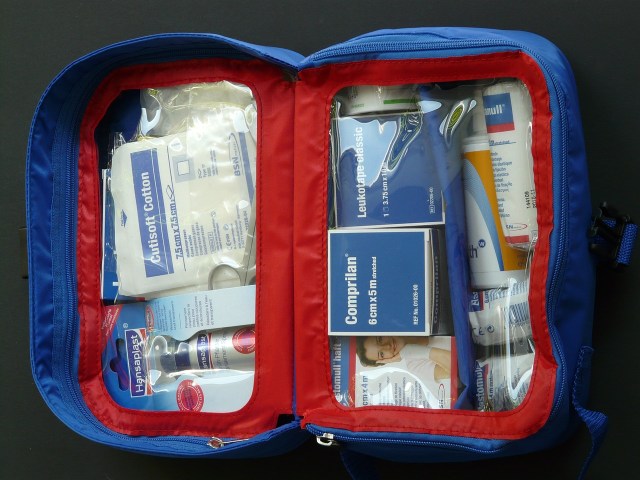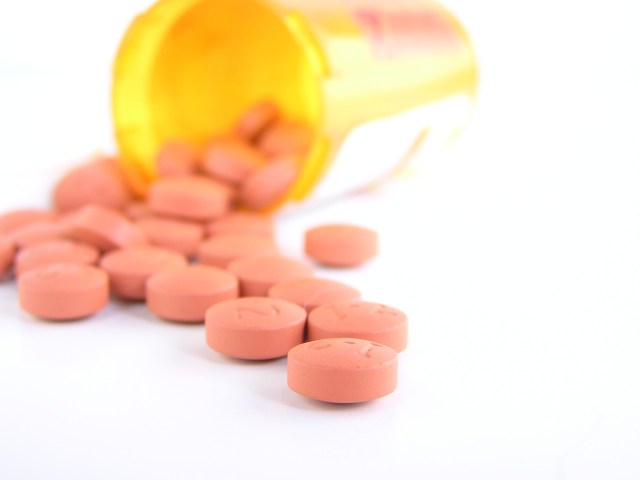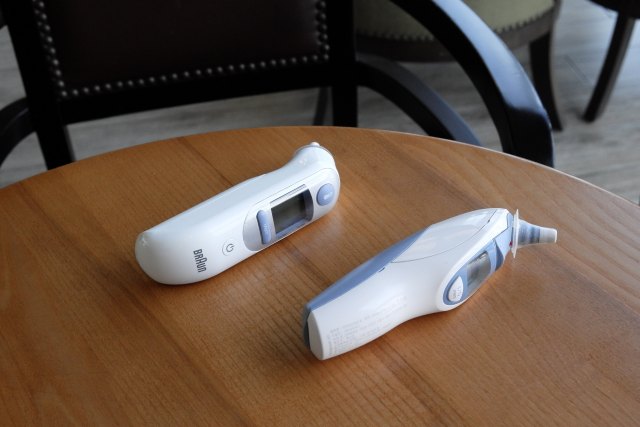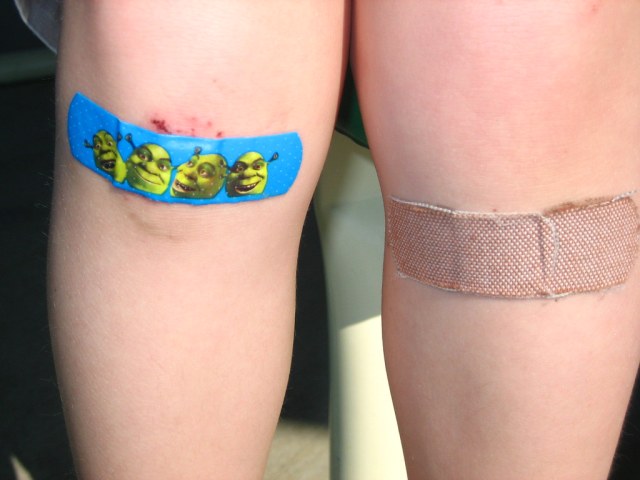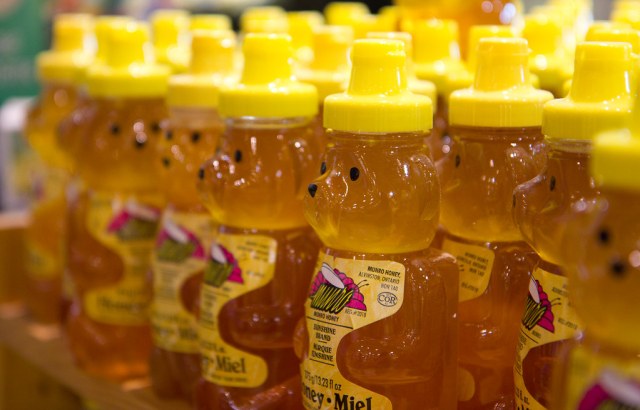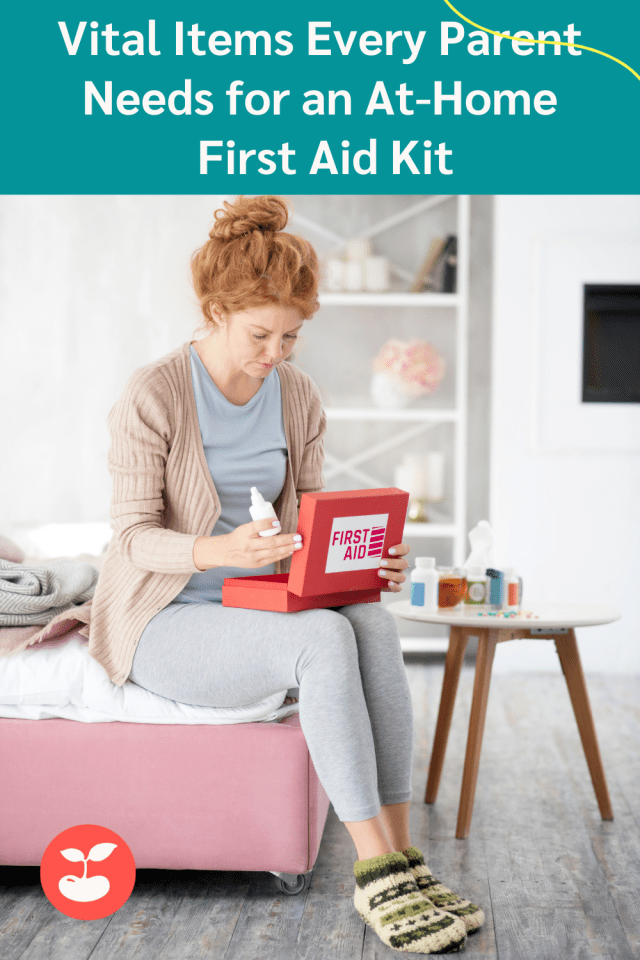Photo: Courtesy of Walt Disney Studios
You have young children and need time to work, so childcare is a must—but where do you start? Do you need a nanny, a family assistant or should you use daycare and augment with a babysitter? With so many different terms and titles, it can certainly feel overwhelming!
“A big challenge in the industry is that terms are often confused. It leads to a disconnect in expectations making it harder for families and nannies to manage expectations about job duties and compensation,” shares Daryl Camarillo, owner of Stanford Park Nannies.
While there are training programs and state requirements for daycare workers and teachers, no qualifications are required for nannies and sitters who work in our homes. “Licensed childcare certification programs for nannies, like Amslee Institute, are vital to help families ensure their children are cared for by qualified persons,” shared Dr. Lauren Formy-Duval, a child psychologist, adjunct professor and a mom.
“Nannies and sitters investing in affordable and high-quality training not only gain practical skills but also enable a career path, just like teachers and other professionals,” she adds.
First, Take a Look at What Your Family Needs
The childcare costs are often the second largest family expense and the salary you can afford to pay is one of the most important elements to finding a great nanny. What is your budget? How many hours of childcare are needed? Do you need backup care if the nanny isn’t available? Do you need overnight care?
Take time to write out as many of the logistical needs as possible. Then, create a separate list of all the activities and tasks that need to be completed.
Get to Know Job Titles & What Each Means
Matching the family needs to childcare job titles and skills is vital to find the best fit. Families can’t realistically hire Mary Poppins at a babysitter rate, so it’s important to understand the different types of sitters, nannies and family assistants.
Babysitters provide for the safety of children for several hours, often with the family members nearby and available by phone. Babysitters may have some childcare experience but are often early in their childcare career.
Parents’ Helper
Parents’ sitters are considered babysitters-in-training, as they help care for children under the direct supervision of a parent or guardian. Often too young or inexperienced to care for children independently, Parents’ sitters play with children, feed babies or make easy lunches and perform light housework.
An entry level position in childcare, parents’ sitters should have CPR and First Aid training, but may not have experience working with children. For those less than 16 years old, the American Red Cross offers an online class and local YMCA’s may host a babysitter training day.
Babysitter
Babysitters provide for the safety of children for several hours, often with the family members nearby and available by phone. Usually working over the weekend, Babysitters offer playtime, snacks and help children get ready for bed. Sitters may do light housekeeping, such as washing the dishes or emptying the diaper bin. Sitters should have CPR and First Aid certification and it’s recommended they compete childcare training.
Nanny (Part or Full Time)
Nannies have contracted, consistent work for at least 3 months but usually a year or more and are responsible for several children throughout the work day while family members are at their places of employment. Care includes providing meals and activities for the children, but also includes outings and additional support such as transporting children to and from school, from school to clubs, sports practices, play-dates and other activities. Nannies work autonomously and may have full responsibility to care for the children when families are out of town.
All nannies, whether part or full time, should have CPR and First Aid certification and invest in childcare training that teaches age appropriate growth, development and activities from newborn through primary years. Nutrition, fitness, health, art, music and communication courses provide practical skills to help nannies excel as in-home childcare providers.
Professional Nannies & Family Assistants
Professional nannies are the central core to managing all schedules, logistics and needs for the entire family. Daryl Camarillo describes the role of a professional nanny:
“Families think of [professional] nannies as in-home professionals who do everything to care, nurture and develop the children. These include household duties related to childcare and the upkeep of the home such as washing bottles, meal preparation for the children, emptying diaper bins and the child’s laundry. Families are seeking nannies to take the child to activities and invest in their development and growth. They view the nanny as part of the childcare team.”
Professional nannies can have different types of specialization based on training and experiences that elevate their skills as family assistants, early childhood educators or special needs. Family assistants (sometimes referred to as household managers or nanny managers) perform childcare duties with additional responsibilities such as managing a weekly schedule, scheduling and attending doctor appointments, picking up the dry cleaning, planning and hosting birthday parties, household organization, shopping, pet care, meal planning and preparing meals for the family.
Family assistants are often committed to the role as their primary employment and have the maturity to work unsupervised while remaining responsible for several children and an allocated budget.
Family assistants have a combination of childcare experience, training and organizational skills. Family assistants often have between two to five years of in-home childcare experience with additional experience managing their own household or working in the service industry as a personal chef, pet sitter or cleaning service provider. Most have CPR and First Aid certification and most have completed childcare and household management programs.
Specialist nannies have varying qualifications that often include college degrees in Early Childhood Education, Special Needs Education or Psychology with diverse work experiences as a nanny, in daycares, teaching or advocacy. Specialists may also be travel nannies or are training in Montessori, RIE or Waldorf child development approaches.
Specialist nannies are passionate about their work and are often leaders in the nanny industry. Many specialist nannies work for high profile and/or high net worth families and are extremely desirable within the nanny market.
Leverage Your Resources
After listing your family needs and matching job titles, you can use online resources and local networks to seek candidates or work through a nanny agency. Many families network with other parents, talk to daycare and children activity leaders, as well as use online job boards to find great nannies and sitters.
“It’s time consuming to screen and interview potential sitters,” said Lisa Merriweather, a working mother in Los Angeles. “I look for an investment in childcare training and I always call their references after conducting a background check.” A reputable nanny or domestic placement service can also help find top nannies and sitters in your area, saving you time and effort.
As a single mom, I needed help caring for my son. I searched for credentials that identified professional nannies, but struggled to find a licensed nanny training program. With 30 college faculty, I launched Amslee Institute and happily share our expertise and adventures working with children and childcare providers.
